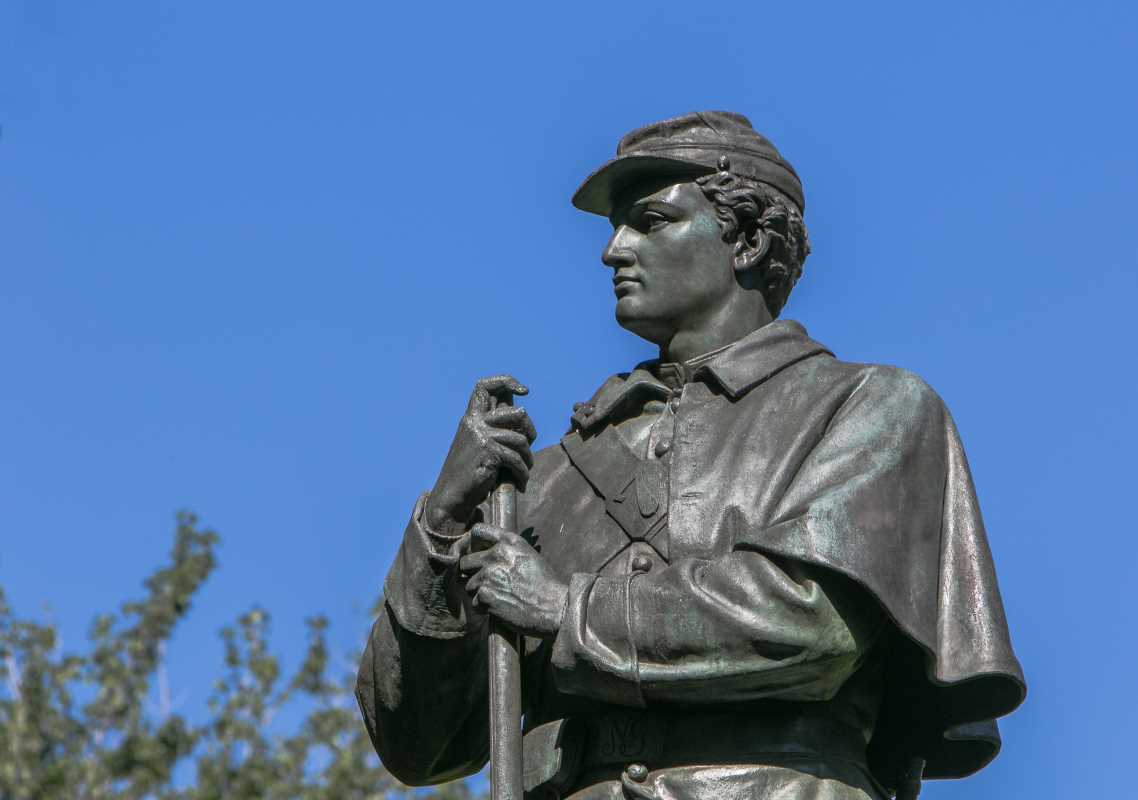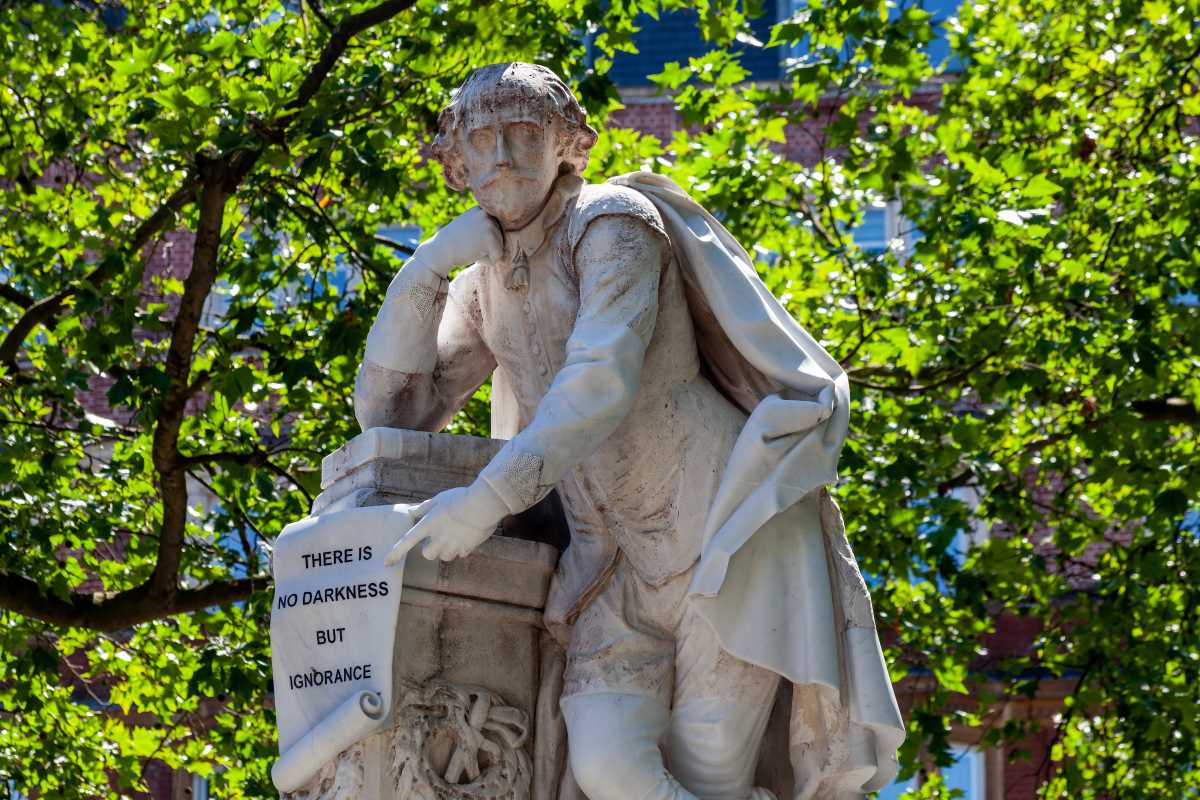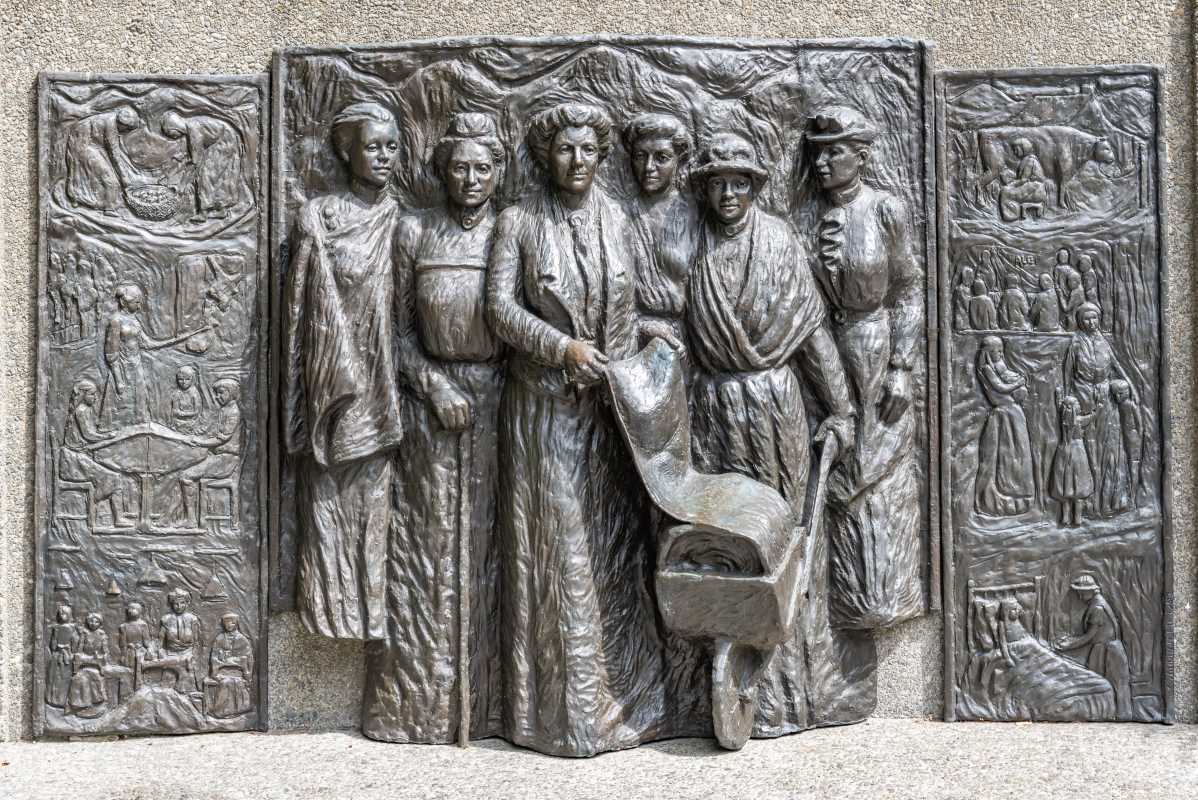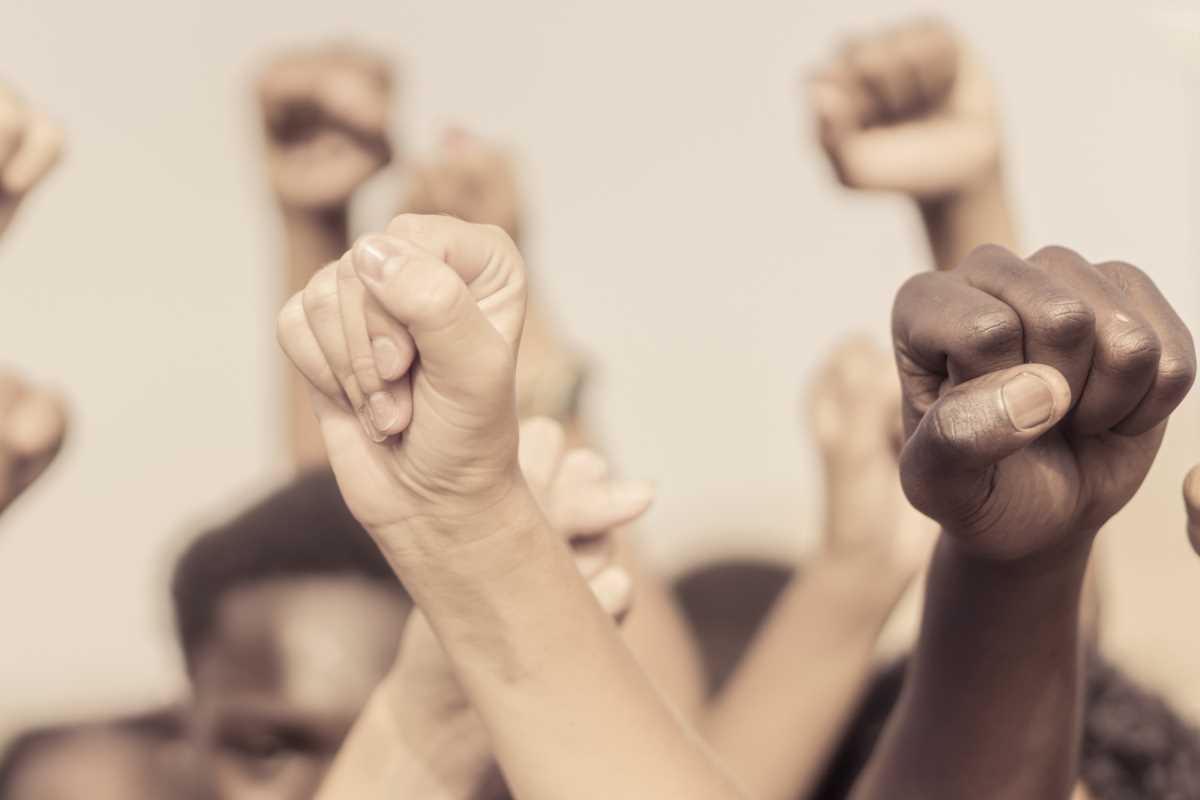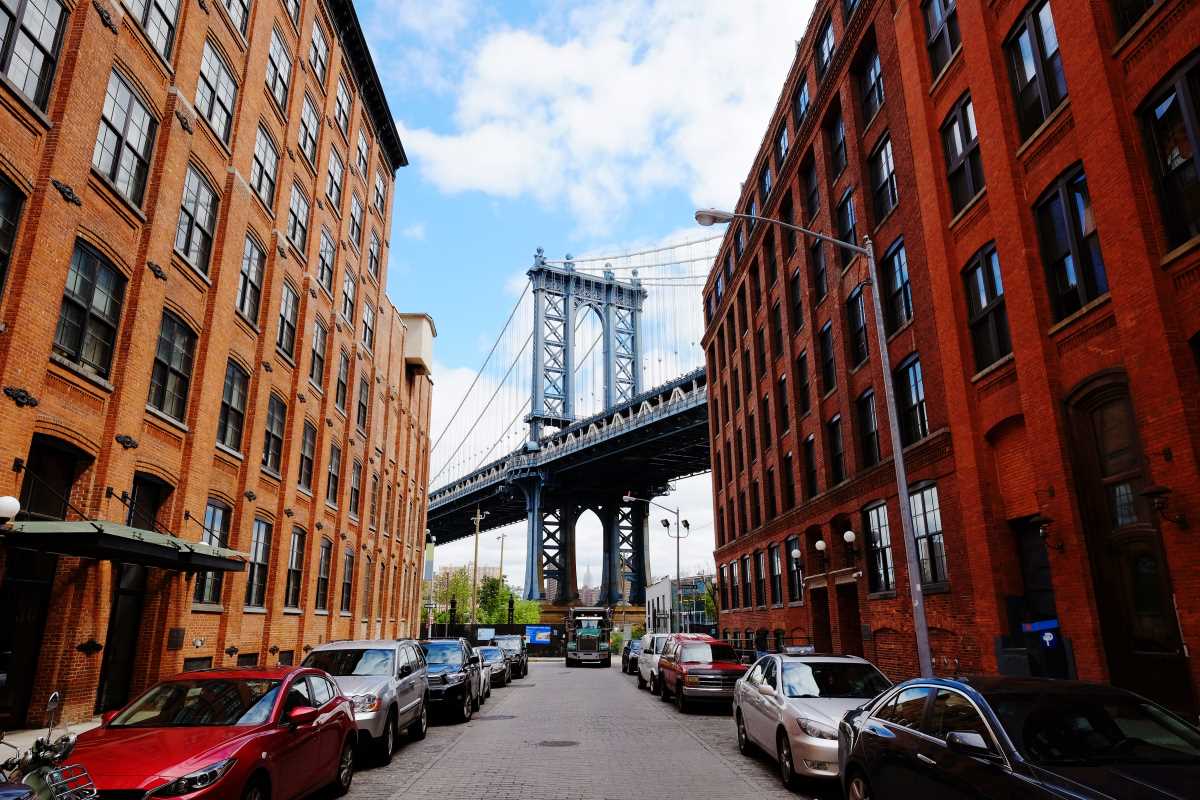The Great Depression of the 1930s was one of the most challenging times in American history. Millions of people lost jobs, homes, and savings as the economy spiraled downward. Into this landscape of despair stepped Franklin D. Roosevelt, who became president in 1933. His response to the crisis was bold, innovative, and controversial, bundled together into programs and policies collectively called the New Deal. The New Deal aimed to provide relief for suffering Americans, reform the financial system to prevent future collapses, and restore the country’s confidence in its future.
But how effective was the New Deal? Did it fix the problems of the Great Depression, or did its shortcomings leave the country searching for other solutions? To answer this question, we’ll explore what the New Deal aimed to do, what it achieved, and where it fell short.
What Was the New Deal?
The New Deal was a series of programs, public works projects, and financial reforms launched by Franklin D. Roosevelt’s administration between 1933 and 1939. The name comes from Roosevelt’s promise of a "new deal" for the American people during his campaign. It largely unfolded in two phases:
- The First New Deal (1933–1934): Focused on providing immediate relief and jumpstarting the economy.
- The Second New Deal (1935–1939): Introduced long-term programs to address systemic issues like unemployment and social security.
The New Deal revolved around three key goals, often called the “3 Rs”:
- Relief for those suffering from the effects of the Great Depression.
- Recovery to rebuild the economy and create jobs.
- Reform to prevent future economic collapses.
Major Programs
The New Deal included a dizzying array of government initiatives, each designed to tackle a specific part of the economic and social crisis. Some of the most significant programs were:
Relief Programs
Relief efforts focused on helping those hit hardest by the Depression. These programs provided money, food, and jobs to millions of Americans.
- Civilian Conservation Corps (CCC): Gave young men jobs planting trees, building parks, and improving public lands.
- Federal Emergency Relief Administration (FERA): Provided direct cash assistance to states to help the unemployed.
- Works Progress Administration (WPA): Hired millions of Americans to build roads, schools, and other infrastructure projects.
Recovery Programs
To jumpstart the economy, the government created programs aimed at stabilizing industries and increasing employment.
- Agricultural Adjustment Act (AAA): Paid farmers to reduce crop production in order to stabilize prices.
- National Industrial Recovery Act (NIRA): Encouraged businesses to set fair wages and prices, aiming to create more jobs and restore economic growth.
Reform Programs
Reform initiatives aimed at preventing another Great Depression by stabilizing the financial system and providing social safety nets.
- Social Security Act (SSA): Created a safety net for retirees, the disabled, and unemployed workers.
- Glass-Steagall Act: Separated commercial and investment banking to reduce risky speculation and protect depositors.
- Securities and Exchange Commission (SEC): Established to regulate the stock market and prevent abuses like insider trading and fraud.
The Achievements
The New Deal had a significant impact on America’s economy and society during the 1930s. While it didn’t fully end the Great Depression (more on that later), it achieved many notable successes.
Restoring Confidence
One of the New Deal’s greatest achievements was restoring faith in the government and the economy. Roosevelt’s famous “fireside chats”—radio broadcasts where he explained his policies directly to the American people—helped calm fears and rebuild trust in the nation’s institutions. Programs like the Federal Deposit Insurance Corporation (FDIC), which insured bank deposits, reassured people that their savings were safe.
Immediate Relief for Millions
The relief programs provided much-needed help to those suffering the most. Unemployment assistance and job programs put people back to work and ensured families could put food on the table. Initiatives like the WPA also left behind a lasting legacy in the form of infrastructure, from schools to bridges, that still benefit Americans today.
Building a Safety Net
The Social Security Act was a game-changer, creating a system that provided financial support for elderly Americans and others in need. While it wasn’t perfect and excluded many groups (such as agricultural workers and domestic workers), it laid the foundation for the modern welfare state.
Boosting Workers’ Rights
The New Deal emphasized workers’ rights in an unprecedented way. The Wagner Act of 1935 strengthened labor unions by protecting their right to organize and bargain collectively. This helped many workers secure better wages and working conditions.
Reforming the Financial System
Reforms like the Glass-Steagall Act and the SEC made the financial system more stable and prevented some of the reckless practices that had contributed to the stock market crash of 1929. While not foolproof, these measures significantly reduced the likelihood of financial disasters during that period.
The Shortcomings
While the New Deal accomplished a great deal, it wasn’t without flaws. Critics from across the political spectrum questioned its effectiveness and fairness.
Economic Recovery Was Slow
Despite all the programs and spending, the New Deal didn’t fully end the Great Depression. Unemployment remained high throughout the 1930s, and many Americans still struggled to make ends meet. It wasn’t until the outbreak of World War II, which created a massive demand for labor and industrial production, that the economy truly recovered.
Exclusion of Marginalized Groups
While the New Deal aimed to help all Americans, not everyone was included in its benefits. Women and minorities often found themselves excluded from relief programs or left out of labor protections. For example, many African Americans were prevented from participating in Social Security because agricultural and domestic workers were not initially covered.
Criticism from Both Sides
The New Deal faced criticism from both conservatives and liberals. Conservatives argued that it expanded government power too much, increasing federal control over the economy and creating large deficits. On the other hand, some liberals felt Roosevelt didn’t go far enough, arguing that the programs didn’t do enough to address wealth inequality or provide universal benefits.
Long-Term Dependency Concerns
Some critics worried that the New Deal encouraged dependency on government programs. This perspective continues to influence debates about welfare and public assistance programs today.
Was It Worth It?
The answer to whether the New Deal was effective depends on how you define “success.” If the goal was to completely end the Great Depression, it fell short. However, if the aim was to provide immediate relief, stabilize the economy, and address some of the systemic flaws that led to the Depression, then it was undoubtedly successful.
A New Vision of Government
Perhaps the most lasting impact of the New Deal was the way it redefined the role of government. Before the 1930s, many Americans believed the government should play a minimal role in the economy and society. The New Deal changed that, proving that government intervention could help people in times of crisis and create a more equitable system. This vision has shaped debates on the role of government in American life ever since.
Lessons for Today
The legacy of the New Deal continues to influence policies and discussions on how to address economic crises. Whether it’s stimulus packages during recessions or debates about healthcare and social programs, the impact of Roosevelt’s initiatives can still be felt today.
 (Image via
(Image via

